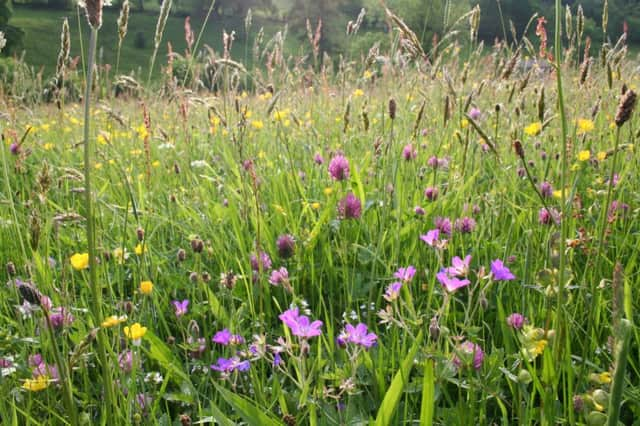Meadows urgently need our protection


Reports that one of Havant’s last remaining meadows at Langstone could be allocated to meeting the council’s housing targets adds weight to local as well as national concern.
Despite the word ‘meadow’ appearing throughout English literature and being featured in thousands of road names, most of us would be hard put to find one even with the aid of a global positioning system (GPS).
Advertisement
Hide AdAdvertisement
Hide AdA meadow in high summer, full of wild flowers such as harebell, scabious and oxe-eye daisies, not to mention wild grasses, is one of the delights of nature.
Meadows are not only a repository for wild plants, they are also home to more than 100 insect species providing food for birds, bees and butterflies whose natural habitats are seriously threatened by the widespread over use of pesticides, herbicides and fertilizers.
The now-annual National Meadows Day, coordinated by Plantlife, a partnership of 11 organisations, aims to raise public awareness of the value of meadows everywhere.
Restoration projects are under way in various parts of the country, although hardly any in Hampshire.
Advertisement
Hide AdAdvertisement
Hide AdPlantlife provides a wealth of information on how to create or restore meadowland and there may be funding available for viable projects.
It is often said that development is a fact of life and that we must keep pace with the needs of a growing population.
In towns like Havant developments such as the one recently approved in the former Emsworth gap press hard on protected land with more than a dozen sensitive sites less that 500 metres away.
There is a Local Biodiversity Plan, but, as with similar plans, it has become mostly a file-and-forget exercise.
Future generations plainly need somewhere to live but equally they need somewhere local to enjoy and re-connect with nature.